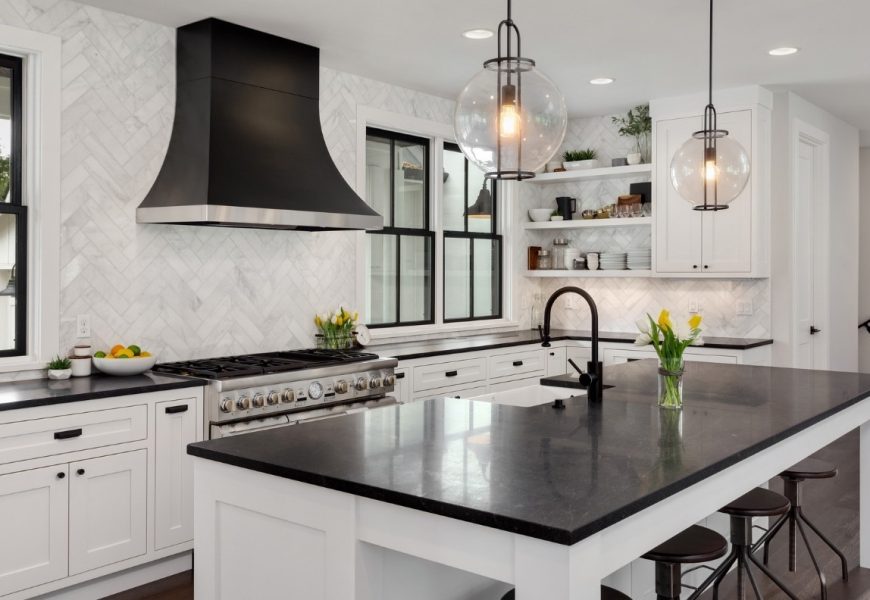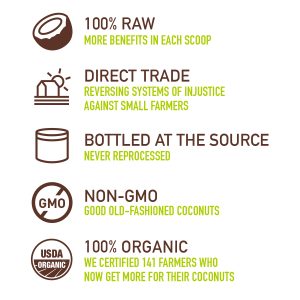The kitchen, often the heart of a home, is a space that demands a balance of practicality, aesthetics, and sustainability. As environmental awareness grows, homeowners are increasingly seeking sustainable options for kitchen flooring that contribute to environmental conservation. In this article, we’ll explore a range of eco-friendly flooring materials, each contributing to the preservation of our planet through responsible sourcing, reduced environmental impact, and long-term durability.
1. Cork Flooring:
a. Benefits:
- Renewable Resource: Cork is harvested from the bark of cork oak trees, allowing the trees to regenerate without being cut down. This makes it a truly renewable and sustainable resource.
- Comfortable and Resilient: Cork flooring provides a comfortable and resilient surface underfoot. It has natural shock-absorbing properties, making it a popular choice for kitchens where prolonged standing is common.
- Insulating Properties: Cork has excellent insulating properties, helping to maintain comfortable temperatures in the kitchen and reducing the need for excessive heating or cooling.
b. Considerations:
- Sealing Required: Cork flooring requires proper sealing to protect against moisture. Regular resealing may be necessary to maintain its durability.
- Vulnerability to Scratches: While resilient, cork is susceptible to scratches. Using area rugs or furniture pads can help prevent scratches.
2. Bamboo Flooring:
a. Benefits:
- Rapidly Renewable: Bamboo is one of the fastest-growing plants on Earth, making it a highly renewable resource. It matures much quicker than traditional hardwoods, reducing environmental impact.
- Hardness and Durability: Bamboo flooring rivals traditional hardwoods in terms of hardness and durability. It can withstand the wear and tear of a busy kitchen.
- Aesthetic Appeal: Bamboo’s natural aesthetics provide a warm and inviting ambiance to the kitchen, making it an attractive flooring option.
b. Considerations:
- Adhesive Concerns: Some bamboo flooring products may use adhesives that contain volatile organic compounds (VOCs). Look for low-VOC or no-VOC adhesive options.
- Humidity Sensitivity: Bamboo is sensitive to humidity changes. Proper acclimatization and installation are crucial to prevent warping.
3. Reclaimed Wood Flooring:
a. Benefits:
- Sustainable Reuse: Reclaimed wood flooring utilizes wood from old buildings, barns, or other structures, giving new life to previously used materials.
- Unique Aesthetics: Each piece of reclaimed wood tells a story, resulting in a unique and visually appealing floor with character and history.
- Reduced Demand for New Timber: By using reclaimed wood, the demand for new timber is reduced, helping to conserve forests.
b. Considerations:
- Quality and Consistency: Reclaimed wood may vary in quality, species, and size. Expect some inconsistencies, which can add charm but may require careful planning during installation.
- Potential for Wear: Depending on its source, reclaimed wood may show signs of wear and age. This can be appealing for some but may not suit those seeking a pristine look.
4. Linoleum Flooring:
a. Benefits:
- Natural and Renewable: Linoleum is made from natural materials, including linseed oil, cork or wood flour, and jute. It is a renewable resource and biodegradable.
- Durable and Resilient: Linoleum is known for its durability and resilience. It can withstand heavy foot traffic and is resistant to scratches.
- Wide Range of Colors and Patterns: Linoleum offers a diverse range of colors and patterns, allowing homeowners to achieve various design aesthetics in the kitchen.
b. Considerations:
- Installation Challenges: Linoleum can be more challenging to install compared to other flooring options. Professional installation is recommended for optimal results.
- Sensitivity to Sunlight: Linoleum may fade over time when exposed to direct sunlight. Consider window treatments or rugs to minimize sun exposure.
5. Recycled Glass Tile Flooring:
a. Benefits:
- Recycled Content: Recycled glass tile flooring is made from post-consumer or post-industrial recycled glass, diverting waste from landfills.
- Durability: Glass tiles are resistant to stains, moisture, and bacteria, providing a durable and hygienic flooring solution.
- Reflective Properties: Glass tiles can enhance natural light in the kitchen, creating a bright and visually appealing space.
b. Considerations:
- Grout Maintenance: Grout lines may require regular maintenance to prevent staining. Proper sealing can help protect the grout and ensure longevity.
- Professional Installation: Installing glass tiles can be intricate, and professional installation may be necessary for a polished and uniform appearance.
6. Concrete Flooring:
a. Benefits:
- Durability: Concrete is an exceptionally durable flooring option that can withstand heavy traffic and resist wear and tear.
- Thermal Mass: Concrete has thermal mass properties, helping to regulate indoor temperatures and reduce the need for constant heating or cooling.
- Versatility in Design: Concrete flooring offers versatility in design, with options for staining, stamping, or polishing to achieve various aesthetic effects.
b. Considerations:
- Potential for Cracking: While durable, concrete can crack over time, especially if not properly installed or maintained. Proper subfloor preparation and sealing are crucial.
- Hardness: Concrete can be hard underfoot, so adding area rugs or mats in key areas can enhance comfort.
7. Recycled Metal Flooring:
a. Benefits:
- Unique Aesthetics: Recycled metal flooring, often made from reclaimed metal sheets or tiles, provides a distinctive and industrial aesthetic to the kitchen.
- Durability: Metal flooring is resistant to water, stains, and scratches, ensuring long-term durability in a busy kitchen environment.
- Recycled Content: Choosing recycled metal contributes to reducing the environmental impact associated with mining and refining new metals.
b. Considerations:
- Conductivity: Metal is an excellent conductor of heat, which may impact the temperature in the kitchen. Consider underfloor heating or area rugs to mitigate this effect.
- Reflectivity: Metal flooring can be highly reflective, so lighting considerations are important to prevent glare.
Conclusion:
Sustainable kitchen flooring options offer homeowners the opportunity to make environmentally conscious choices without compromising on style or functionality. From renewable resources like cork and bamboo to the unique charm of reclaimed wood and the durability of concrete, each option contributes to environmental conservation in its own way. As we move towards more responsible living, these sustainable flooring choices not only enhance the aesthetics and value of our homes but also play a crucial role in building a greener and more sustainable future.













